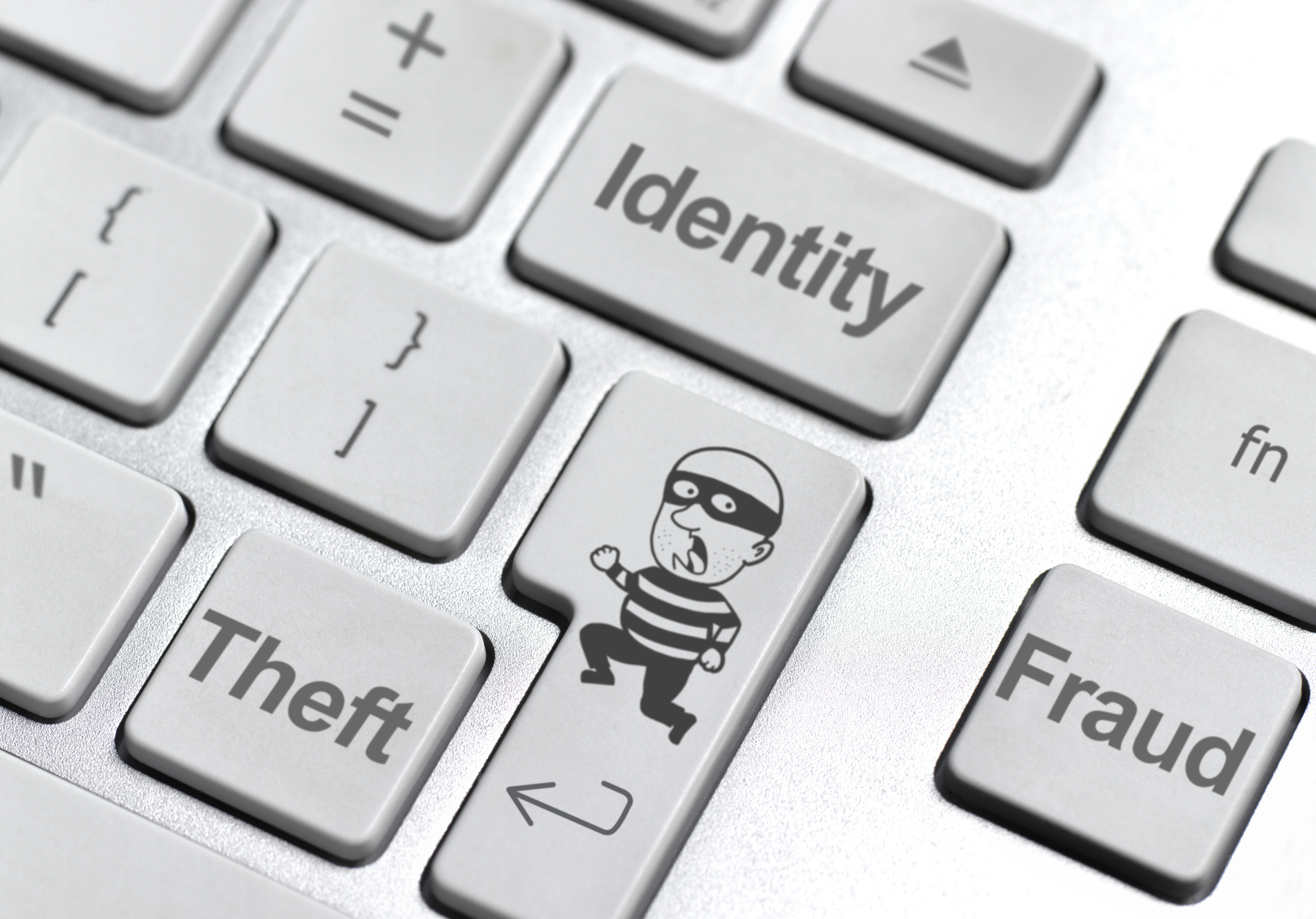Nine Easy Numbers Away From ID Theft
The Social Security code is a cinch for hackers to crack.

Carnegie Mellon professor Alessandro Acquisti and graduate student Ralph Gross discovered that Social Security numbers are easily predicted using public data. Below, Acquisti tells how.
Please describe your findings.
We found that Social Security numbers, which are supposed to be confidential, are predictable from publicly available data. We can start with someone's birthday, add the state where they were born and, based on these two pieces of information, infer their Social Security number.
From just $107.88 $24.99 for Kiplinger Personal Finance
Become a smarter, better informed investor. Subscribe from just $107.88 $24.99, plus get up to 4 Special Issues

Sign up for Kiplinger’s Free Newsletters
Profit and prosper with the best of expert advice on investing, taxes, retirement, personal finance and more - straight to your e-mail.
Profit and prosper with the best of expert advice - straight to your e-mail.
How?
The assignment scheme for Social Security numbers has been publicly available for many years. Take that scheme, combine data from other sources, apply statistics and data-mining tools, and you can end up with information that is significantly more sensitive than what you started with.
Who is most at risk?
It's easiest to predict the Social Security numbers of people from less-populous states and those born after 1988, when a number of policy initiatives made it more likely that parents would apply for a newborn's Social Security number right away. On average, we can identify the entire nine-digit number in fewer than 1,000 attempts for 9% of people born after 1988. That makes those numbers no more secure than a three-digit PIN.
How do you go from there to identity theft?
To make the algorithm work, you need only information that's public or semi-public for most of us. An attacker has to find a way to exploit the information, and unfortunately, there are many ways. For example, attackers can use botnets -- networks of compromised computers controlled by someone, somewhere. Botnets can be used to run automated queries on an online system, such as an online credit-card application, to verify a Social Security number.
How can we prevent such exploitation?
We need to stop using Social Security numbers as both identifiers and authenticators. The numbers were created to identify earnings in the Social Security program. Your phone number is another example of an identifier. But the password for your voicemail is an authenticator, a secret fact that proves you are who you claim to be. No sane person would use the same digits as identifier and authenticator, but that's exactly the way we use Social Security numbers.
Profit and prosper with the best of Kiplinger's advice on investing, taxes, retirement, personal finance and much more. Delivered daily. Enter your email in the box and click Sign Me Up.

Anne Kates Smith brings Wall Street to Main Street, with decades of experience covering investments and personal finance for real people trying to navigate fast-changing markets, preserve financial security or plan for the future. She oversees the magazine's investing coverage, authors Kiplinger’s biannual stock-market outlooks and writes the "Your Mind and Your Money" column, a take on behavioral finance and how investors can get out of their own way. Smith began her journalism career as a writer and columnist for USA Today. Prior to joining Kiplinger, she was a senior editor at U.S. News & World Report and a contributing columnist for TheStreet. Smith is a graduate of St. John's College in Annapolis, Md., the third-oldest college in America.
-
 Stocks See First Back-to-Back Losses of 2026: Stock Market Today
Stocks See First Back-to-Back Losses of 2026: Stock Market TodayRising geopolitical worries and a continued sell off in financial stocks kept pressure on the main indexes on Wednesday.
-
 Countries That Will Pay You to Move: Cash Grants, Incentives and What to Know
Countries That Will Pay You to Move: Cash Grants, Incentives and What to KnowExplore real relocation incentives — from cash grants and tax breaks to startup funding — that make moving abroad or to smaller towns more affordable and rewarding.
-
 Mortgage Protection Insurance: What It Covers and When It Makes Sense
Mortgage Protection Insurance: What It Covers and When It Makes SenseHow mortgage protection insurance works, what it costs, and when it’s actually useful in a financial plan.
-
 9 Types of Insurance You Probably Don't Need
9 Types of Insurance You Probably Don't NeedFinancial Planning If you're paying for these types of insurance, you may be wasting your money. Here's what you need to know.
-
 Seven Things You Should Do Now if You Think Your Identity Was Stolen
Seven Things You Should Do Now if You Think Your Identity Was StolenIf you suspect your identity was stolen, there are several steps you can take to protect yourself, but make sure you take action fast.
-
 The 8 Financial Documents You Should Always Shred
The 8 Financial Documents You Should Always ShredIdentity Theft The financial documents piling up at home put you at risk of fraud. Learn the eight types of financial documents you should always shred to protect yourself.
-
 How to Guard Against the New Generation of Fraud and Identity Theft
How to Guard Against the New Generation of Fraud and Identity TheftIdentity Theft Fraud and identity theft are getting more sophisticated and harder to spot. Stay ahead of the scammers with our advice.
-
 12 Ways to Protect Yourself From Fraud and Scams
12 Ways to Protect Yourself From Fraud and ScamsIdentity Theft Think you can spot the telltale signs of frauds and scams? Follow these 12 tips to stay safe from evolving threats and prevent others from falling victim.
-
 Watch Out for These Travel Scams This Summer
Watch Out for These Travel Scams This SummerIdentity Theft These travel scams are easy to fall for and could wreck your summer. Take a moment to read up on the warning signs and simple ways to protect yourself.
-
 Amazon Resale: Where Amazon Prime Returns Become Your Online Bargains
Amazon Resale: Where Amazon Prime Returns Become Your Online BargainsFeature Amazon Resale products may have some imperfections, but that often leads to wildly discounted prices.
-
 How to Guard Against Identity Theft in 2025
How to Guard Against Identity Theft in 2025Scammers are getting better at impersonating legitimate businesses.